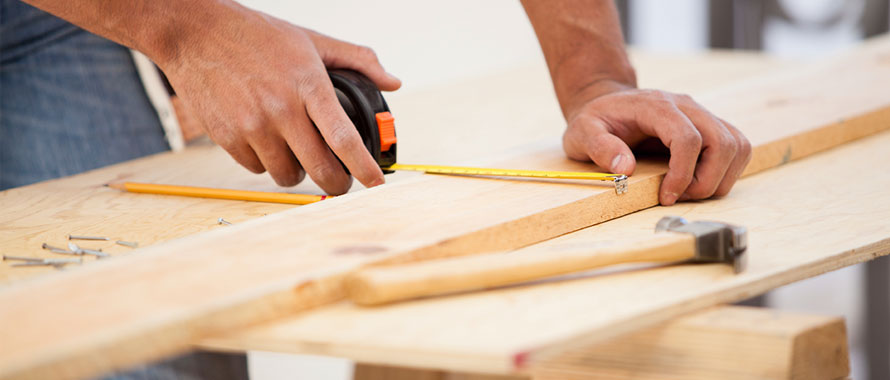Protecting Plumbers from Electrical Fires and Electricians from Floods
Before the American housing boom ended in 2006, contractors across the country worked as fast as possible to keep up with market demand. Bursting pipes, electrical fires and other construction defects began occurring at higher rates as a side effect of speedy work.
While homeowners are at risk for losses associated with these construction mishaps, artisan contractors who worked on the project, but may not have contributed directly to the problem at hand, can also be held liable.
“Anyone who touched the project can become party to a lawsuit when a claim is filed for a house or housing development,” says Jessalynn Suda, Associate Managing Director at Burns & Wilcox. “Even if the construction defect is likely the fault of the electrician, the painter and landscaper risk getting pulled into it as well.”
Retail brokers and agents should educate their contractor clients to help them better understand their exposures while working closely to ensure proper coverage is in place. When managing risks with artisan contractors, there are three topics you should discuss:
1. Get coverage before dabbling in other trades.
The general contractor is required to review the Certificate of Insurance (COI) for every sub-contractor on a worksite and make sure that the framer, who also does a bit of electrical work, is properly covered. For example, beyond installing bathroom fixtures, some plumbers are involved in welding propane gas pipes. Since welding and soldering is a common exclusion on commercial coverage for plumbers, Suda says, “It is better to double check the policy before starting a $5,000 job than to wind up with a $50,000 loss down the line.”
Retail brokers and agents should ensure there is never a gap in coverage, even if the contractor is retiring or closing their business. According to Suda, that timeframe is especially critical because a construction defect claim is for work done during the original construction, but is sometimes filed 5-7 years after work is completed.
2. Keep detailed records.
When a construction defect claim is made, artisan contractors will need to quickly explain their role in the project. This is why artisan contractors and sub-contractors should keep detailed records for every project.
“Records including completed work, other sub-contractors working on the project and who the general contractor was can help in the event of a claim,” says Jeff Ditmar, Senior Corporate and Litigation Counsel, Atain Insurance Companies. The statute of repose varies by state, so contractors should hold on to records for up to 10 years or more.
3. Report quickly. It can make a difference.
Artisan contractors should alert their retail broker or agent immediately when they receive notice of a claim or a suit. Waiting too long can create extra hurdles and complicate an insured’s defense. Ditmar suggests, “Call your agent before you call your lawyer, since the carrier might cover the defense.”
Construction defect claims can catch plumbers, painters and carpenters by surprise. However a good working relationship with a retail broker or agent and a clear understanding of exclusions will improve contractors’ chances of limiting losses. Take time to review policies and work being completed.




